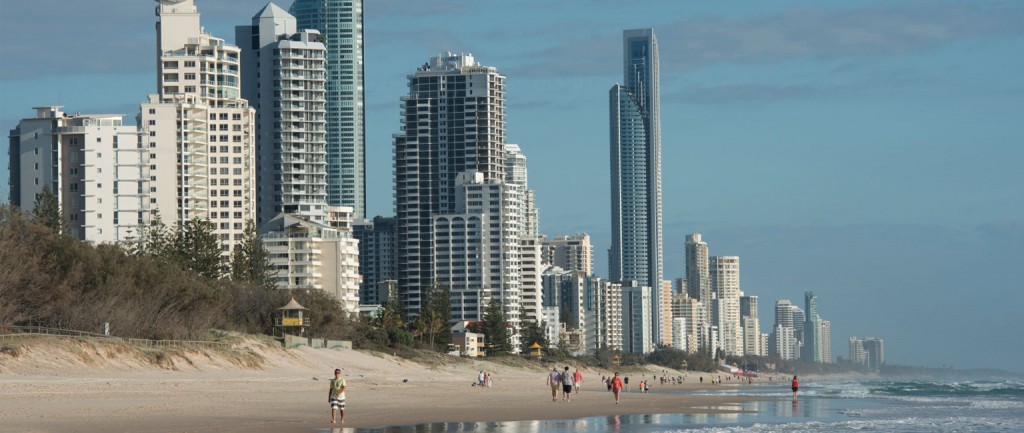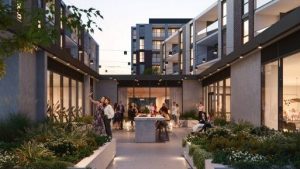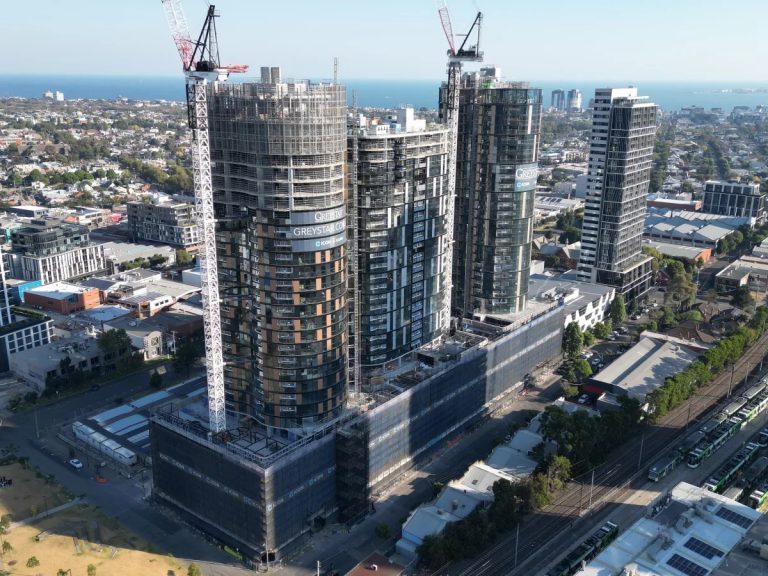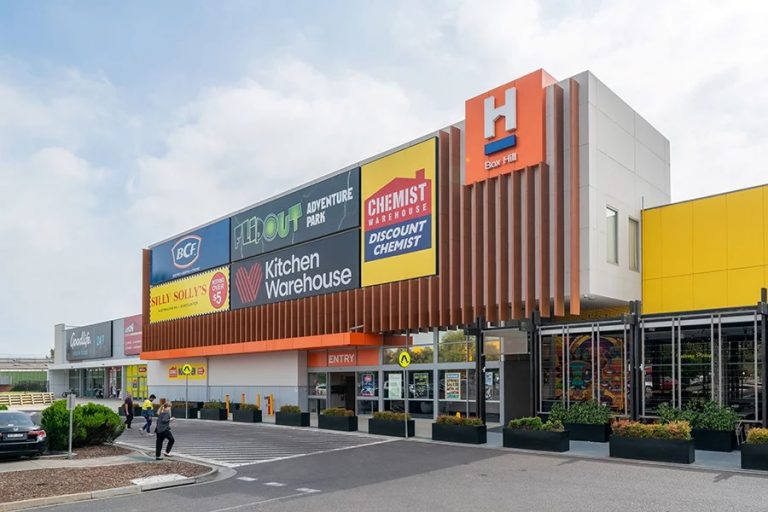Investing in Australia’s 2nd tier cities

Paul Thornhill takes a look at the prospects for commercial property in Canberra, Newcastle and the Gold Coast.
Australia’s regional cities are increasingly seen by investors as an opportunity to add commercial property to their portfolio at a lower entry price than Sydney or Melbourne.
But while these centres boast fast growing populations and industries, investors in these markets need to adapt their approach to suit local conditions.
The fortunes of a regional centre can be highly dependent on just a few industries. When one sector is booming it’s a real plus for investors, but if conditions turn down in an important industry, the market can deteriorate across all sectors.
Canberra is a great example of this dilemma, a public sector town facing an incoming government’s promise to cut 12,000 civil service positions. While the job shedding by natural attrition is unlikely to produce a sudden spike in vacancies, there’s likely to be a higher supply of office space over the next few years.
Things appear brighter in Newcastle, where Herron Todd White Commercial Director, Ed Thwaites told me, “Good quality, well located industrial properties with the right tenant signed up on a long term lease are returning around 8.5%. Some important new sites have recently come on to the market and banks are more willing to lend.”
“The risks may be a little higher here than in Sydney, but smart investors know higher yields should compensate for this.”
Thwaites also highlights an element many investors overlook – the quality of local government and business leadership. In Newcastle’s case, an urban renewal strategy kicked off 20 years ago transformed derelict industrial land into the Honeysuckle precinct; the city’s best performing retail and residential district.
A similar push is underway on Australia’s fastest growing city, the Gold Coast, with a new light rail service, a new Chinatown in Southport and the Commonwealth Games in 2018.
It’s not before time, as Queensland’s South Coast sports a 20% office vacancy rate, lacklustre industrial property performance and a tourist sector weighed down by a high Australian dollar.
Greg Lambert, HTW’s Commercial Director for the Gold Coast told RealCommercial that while there are plenty of challenges there are also opportunities for the canny investor.
Residential enquiries are up and this can signal future improvements in industrial then commercial property.
“With low interest rates and yields of around 9%, the spread and interest coverage are good indicators of future improvement.”
“Banks play a crucial role, looking for solid pre-sales and lease commitments before they’re willing to finance new projects. But against this, the slowdown in development since the GFC means there’s not much new supply.”
Beachside commercial property remains a perennial favourite in Surfers Paradise, Broadbeach and Burleigh Heads. Waterfront properties remain a scarce resource centred on the reason why most visitors come to the Coast.
Lambert tells me there are good reasons for investors to take a look at Australia’s beach playground. “Residential enquiries are up and this can signal future improvements in industrial then commercial property.”
He also notes that Chinese and Indian developers are active on the coast and savvy investors have been buying well located property at mortgagee auctions.
In regional cities, investors should focus their search on established properties with a good covenant to strong business, avoiding deals where rents are rising consistently above CPI in an area with a high vacancy rate.
Above all else, seeking out experienced local experts can provide the crucial inside knowledge to give an investor the edge.







